Woodipedia: Mahogany Furnishes a Rich Look
http://decor-ideas.org 11/10/2013 00:10 Decor Ideas
Although it's not an American hardwood, mahogany has a long history in the U.S. as a wood prized for its rich color and stability. "Great masterpieces were made out of mahogany," says David Schorsch of Schorsch-Smiles American Antiques in Woodbury, Connecticut. "It was strongly used in federal style, Queen Anne and Chippendale furniture made in urban settings."
But unfortunately, overharvesting of Cuban mahogany, which was predominantly used in these styles, has made it virtually unavailable today. Other mahogany varieties have moved into place, though, with a similar reputation for stability and coloration.

Mahogany basics: Mahogany can tilt heavily toward either end of the red-brown spectrum, depending on the wood's origin. "It has a depth of color that's beautiful," says Los Angeles woodworker Pam Goldman.
Mahogany has an open-grain pattern without looking coarse. Typically, it's fairly even colored, which makes it easier to match in cabinetry and furniture than other kinds of wood.
Another advantage is that it comes in wider board widths than most woods. "Mahogany averages 9 inches wide, compared to 7 inches for other woods, but you can find boards up to 20 inches wide," says Walt Maas, manager of Bohnhoff Lumber in Vernon, California.
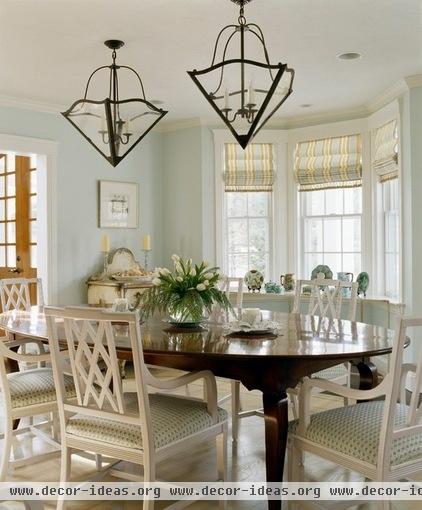
Types of Mahogany
Cuban mahogany: Also known as West Indies mahogany, this is the mahogany against which all other kinds are judged. Sadly, it was overharvested and is virtually unavailable today, except as antique furniture.
Cuban mahogany has an extremely tight grain pattern and a deep coloration. It also has an exquisite natural luster when finished. And in terms of working the material, it's a craftsperson's dream.

Genuine mahogany: Also known as Honduran, big leaf, American or Brazilian mahogany. Even a practiced eye can't always distinguish the difference between Cuban and genuine mahogany. This type is somewhat pricey and is therefore used more often for furniture rather than for architectural millwork.

African mahogany: Also known as Khaya, from its Latin name Khaya ivorensis. This is the most popular type of mahogany, because of its lower cost and wider availability. It is used in furniture, cabinetry, paneling and window and door trim.
African mahogany resembles genuine mahogany to a certain degree. It tends to run toward lighter colorations and may sometimes have a slightly pinkish cast. It also has larger pores.
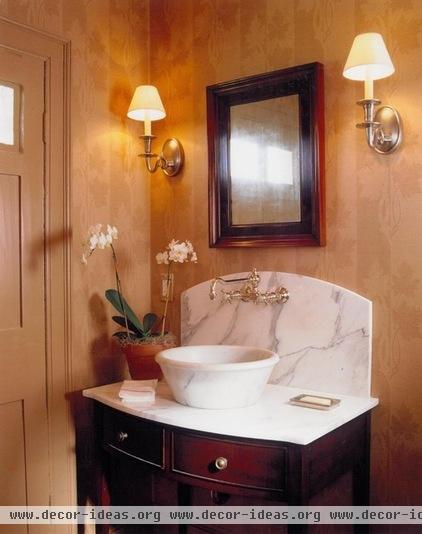
Cost: According to Maas, genuine mahogany runs $7.60 a board foot. African mahogany and sapele (not a true mahogany; see below) are about $4.50 a board foot. Cuban mahogany is virtually unavailable.
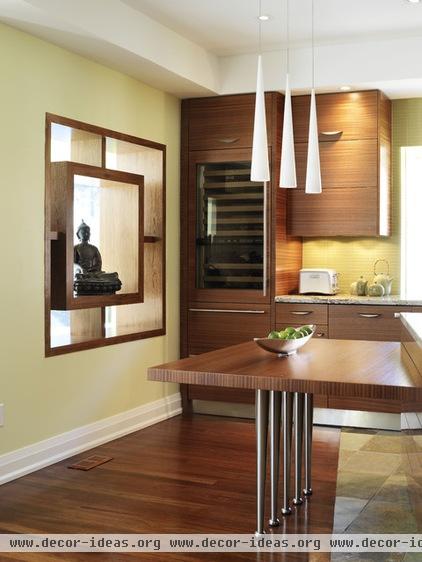
Ribbon-striped mahogany: You'll often hear of ribbon striped as if it were its own species. However, it instead refers to a pattern of light and dark stripes, found particularly in African mahogany, that is revealed when the log is quartersawn, which unveils both vertical grain patterns and the ribbon striping.
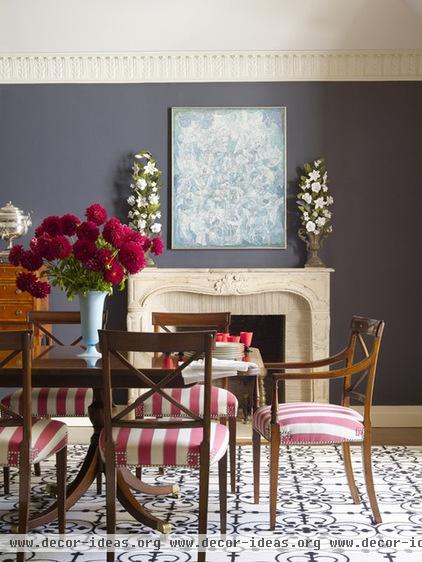
Not mahogany: Mahogany has been so desired that some harvesters have appropriated its name. Sapele and sipo (or utile) are also from Africa. Though not actually mahogany, they are considered adequate substitutes for mahogany because of their similar appearance. These woods are used in fine furniture and veneers.
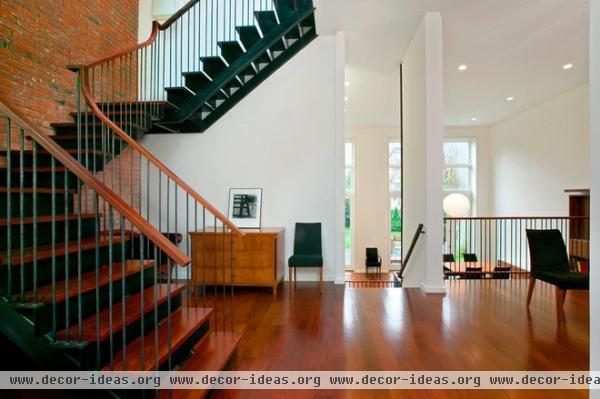
Santos mahogany and Philippine mahogany both somewhat resemble mahogany but are merely labeled as such by those wanting the prestige of the mahogany name. Santos mahogany is frequently used as a flooring material due to its extreme toughness. Philippine mahogany is often turned into plywood, known as lauan.
Red mahogany is another misnamed wood; it's actually Australian eucalyptus.

Outdoor uses: Due to its rot resistance, mahogany is an excellent material for outdoor furniture, gates and doors.
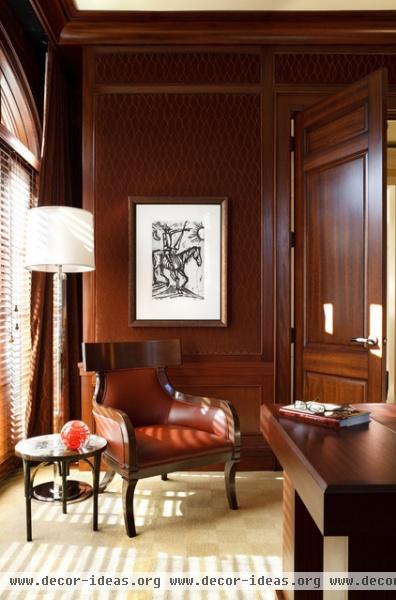
Sustainability: Harvesting methods in other countries are wildly erratic in terms of environmental friendliness. While Cuban mahogany is still growing — there are trees in Florida — it is no longer harvested, because it is universally recognized as highly endangered. You may occasionally be able to find this lumber sold online from salvaged trees at an extremely steep price.
Genuine mahogany was heading in the same direction as Cuban mahogany but got held in check as people became more environmentally aware. It comes from Central and South American countries, where responsible forestry practices can vary. While availability can occasionally be tight depending on a host of circumstances beyond the sustainability issue, genuine mahogany is still a staple in most hardwood lumberyards.
African mahogany is the most plentiful in terms of supply, due to its natural abundance. But harvesting practices can still be spotty. An environmentally responsible tradesperson should be able to address your concerns about the source of the company's mahogany.
Related Articles Recommended












